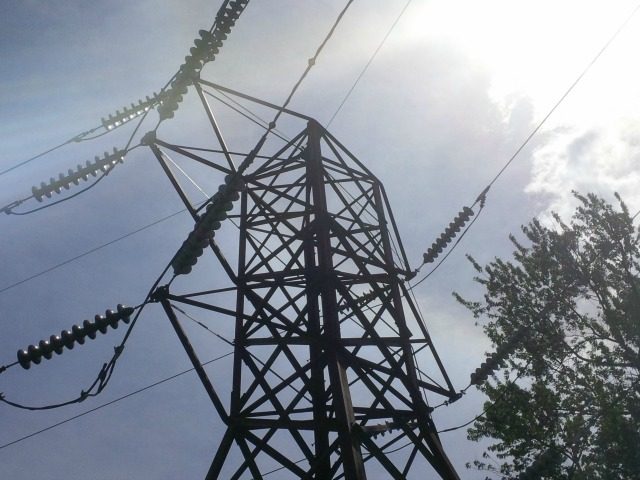CNBC viewers are being snookered.
The business news network featured an article in the “Sustainable Energy” section of its Website that proclaimed: “Renewables surged past coal in 2015 to become world’s biggest source of electricity: IEA.”
In reading that headline, one might get the impression that wind turbines and solar panels produced more electricity last year than coal. But the fine print actually reveals a very different picture.
The opening paragraph of the article by “Freelance digital reporter” Anmar Frangoul gives a clue as to the sleight of hand being used. Frangoul cites the International Energy Agency (IEA) as reporting that “Renewable energy moved past coal in 2015 to become the biggest source of global electricity capacity.” The key word there is “capacity.”
What’s noteworthy is that capacity is far different from actual production. The average wind turbine has a maximum rated capacity of roughly 2 megawatts. That means, if the wind is blowing between 26-56 mph, the turbine can spin up to its peak generating capacity. In such moments, the wind turbine can produce its full 2 megawatts.
However, wind turbines, like solar panels, offer only intermittent power generation. Wind turbines can only produce power when there is sufficient wind—and when they are not shut down due to cold weather, repairs, or high winds. And solar panels only produce electricity during periods of direct sunlight. Thus, while a wind turbine can have a maximum capacity of 2 megawatts, its typical output may often be far less, or even 0 megawatts (on a windless day).
In contrast, and as the IEA itself notes, coal provided 40.8 percent of worldwide power generation in 2014. The renewables that Frangoul crows about—defined by the IEA as “geothermal, solar, wind, heat, etc.”—produced only 6.3 percent of all power.
Thus we see some of the misleading language in the CNBC article.
Frangoul talks about renewables producing 23 percent of world power generation in 2015—which is only possible when hydropower’s robust 16.4 percent is added to renewables’ paltry 6.3 percent share. And while the IEA says that “renewables represented more than half the new power capacity around the world” in 2015, one has to remember their frustrating intermittency. Wind turbines only generate roughly 20 percent of their installed capacity, and solar panels yield an even more meager 10 percent.
So, while Frangoul is happy to tout all of this new power plant construction, one has to consider that it represents investments that will often sit idle.
Such imprudence might seem naive. But the IEA astutely notes that “renewable power expanded at its fastest-ever rate in 2015, thanks to supportive government policies.”
Indeed, it is these very subsidies that have triggered a rush to wind and solar, despite abundant evidence of their limitations. It would be interesting, then, for reporters like Frangoul to further examine these much-touted renewable projects, and see if “capacity” actually meets expectations.

COMMENTS
Please let us know if you're having issues with commenting.